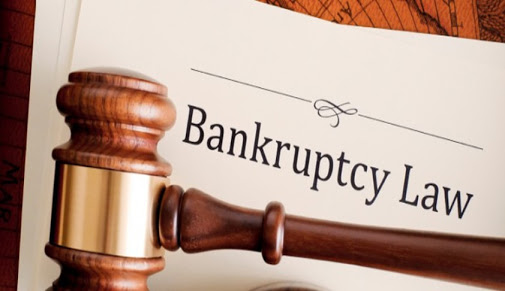the Union ministry of finance released the report of the Bankruptcy Law Reform Committee (BLRC) along with a draft bill called the “Insolvency and Bankruptcy Code” (IBC). The IBC is a proposed legal framework for facilitating the pellucid[pu'loo-sid(transparent,पारदर्शी)] and rapid exit of failed enterprises.
All mature market economies have an institutional infrastructure called “the bankruptcy process”, which kicks in when a firm defaults on payments. A swift and predictable process comes into play after default, which yields[yee(-u)ld(return,give,देना)] an economically sensible outcome.
The legal framework for bankruptcy involves lenders and owners agreeing on two key issues: How to objectively define failure, and whether such a failed firm can be salvaged[sal-vi(save,बचाना)]. Failure takes place when these payments are delayed which can result in litigation[li-tu'gey-shun(judicial processing,मुकदमेबाजी)]. Similarly, there can be disputes about the pledging[plej(guarantee,गिरवी)] of assets.
The IBC envisages[en'vi-zi(imagine,विचार)] a regulated industry of “information utilities”, which store information and help reduce, and ultimately eliminate, such disputes.
The proposed IBC sets down a “calm period” (called the “insolvency resolution process” or IRP) of 180 days. During this time, the claims of all creditors will be suspended. The debtor will have the comfort that all pledged assets remain with the firm, and that no creditor can disrupt the smooth working of the enterprise. In return for this protection, the debtor will agree to the firm being managed by a regulated “insolvency professional”. Doing so will assure the creditors that managers will not resort to asset stripping.
Then a committee of creditors will be formed.The final decision will be entirely up to the creditors’ committee. If a plan were approved by 75 per cent of the creditors, then it would be accepted.If no revival plan achieves the 75 per cent mark, then the firm will go into liquidation.
The IBC thus seeks to ensure that neither the executive nor the judiciary take economic decisions about the firm’s future.
A sound bankruptcy legislation is a complex piece of procedural law. The drafting has to be ironclad[I(-u)rn,klad(inflexible,कठोर)] so that there are no loopholes, which may lead to delays. The proposed law rests on four pillars of enabling infrastructure: A regulator, insolvency professionals, information utilities and the tribunals.




No comments:
Post a Comment